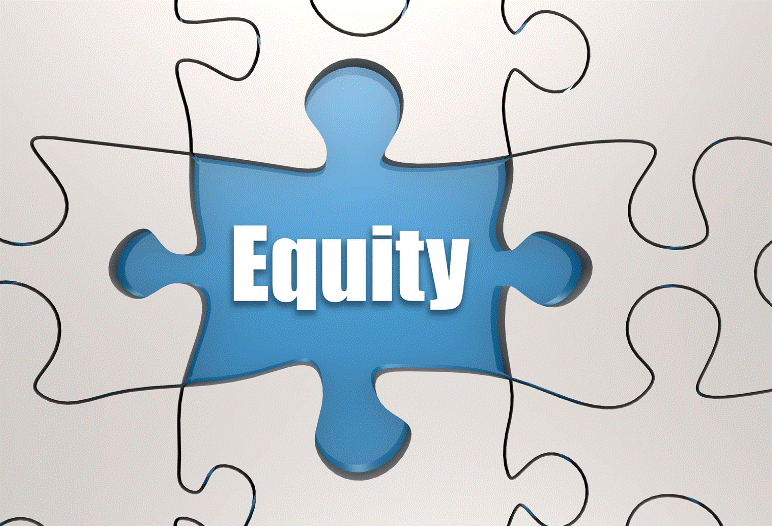As the real estate market evolves, homeowners are exploring creative ways to leverage their existing assets. One prominent trend is the use of home equity to fund the purchase of second properties. This article examines how homeowners can tap into their home equity, the benefits and risks involved, and the best strategies for making the most of this financial opportunity.
Understanding Home Equity
Home equity refers to the portion of your home that you truly own, calculated as the difference between the home’s current market value and the outstanding mortgage balance. As property values increase, homeowners may find themselves with significant equity that can be accessed for various financial goals, including purchasing a second home.
Ways to Access Home Equity
- Home Equity Loans
Home equity loans allow homeowners to borrow a lump sum against their equity, which can then be used to finance a second property. These loans typically come with fixed interest rates and set repayment terms, providing a predictable monthly payment structure. - Home Equity Lines of Credit (HELOCs)
A HELOC functions like a credit card, allowing homeowners to borrow against their equity as needed. This option offers flexibility, as homeowners can draw funds when necessary, making it an attractive choice for those looking to purchase a second home gradually. - Cash-Out Refinance
Cash-out refinancing involves replacing an existing mortgage with a new, larger mortgage and taking the difference in cash. This method can provide substantial funds for a second property, though it may result in a higher monthly payment and a longer loan term.
Benefits of Using Equity for a Second Property
- Building Wealth Through Investment
Investing in a second property can be a strategic way to build wealth over time. Rental properties can generate additional income, while vacation homes may appreciate in value, contributing to the homeowner’s overall financial portfolio. - Diversifying Investment Portfolio
Using home equity to fund a second property allows homeowners to diversify their investments. Real estate can provide stability compared to stock market volatility, making it an attractive option for those seeking to spread their investment risk. - Tax Benefits
In many cases, interest paid on home equity loans or HELOCs may be tax-deductible if the funds are used to purchase a second property. Homeowners should consult a tax professional to understand the potential tax advantages of their investment.
Considerations and Risks
- Increased Debt Load
While leveraging home equity can provide financial opportunities, it also increases the homeowner's debt load. Borrowers should assess their ability to manage additional payments, especially if the second property does not generate expected income. - Market Fluctuations
Real estate markets can be unpredictable. Homeowners must consider the potential for property values to decrease, which could impact their equity and overall financial stability. - Cash Flow Management
Maintaining positive cash flow is essential when owning multiple properties. Homeowners should ensure they have adequate reserves to cover expenses related to the second property, including mortgage payments, maintenance, and property taxes.
Homeowners are increasingly using equity to fund second properties, leveraging their existing assets to build wealth and diversify their investments. While this strategy offers significant potential benefits, it’s essential to carefully consider the associated risks and financial implications. By understanding their options and approaching the process thoughtfully, homeowners can make informed decisions that align with their long-term financial goals.





